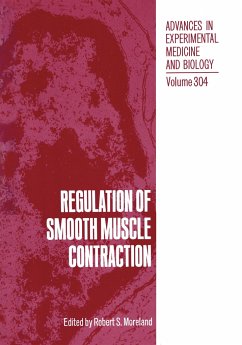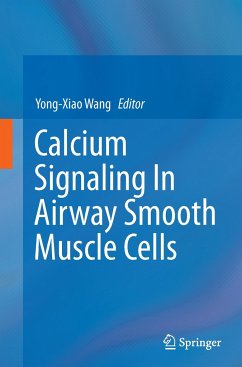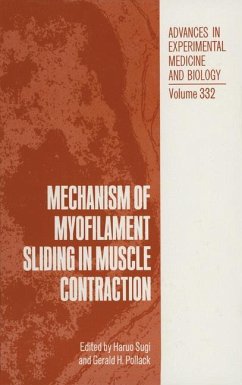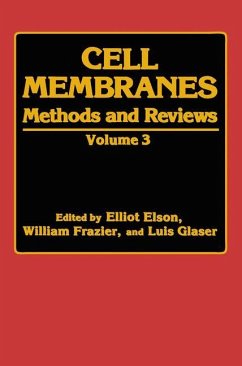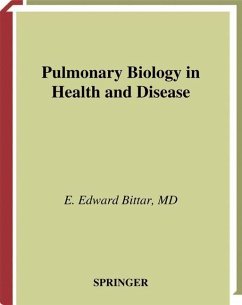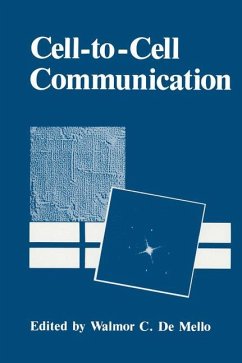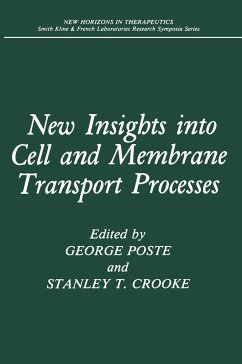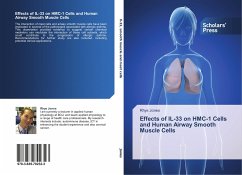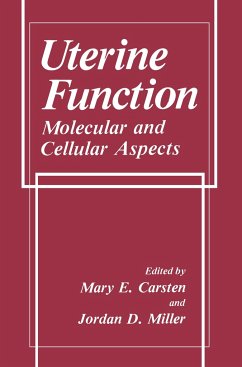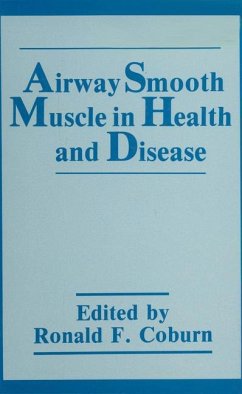
Airway Smooth Muscle in Health and Disease

PAYBACK Punkte
19 °P sammeln!
I organized this book because there is a need to put together in book form recent advances in our knowledge of how airway smooth muscle:works in health and in disease. After a period when it seemed that progress was very slow, there has been in the past few years an incredibly rapid gathering of knowledge in this area. In particular, our understanding has improved regarding the cascades of events that follow the initial binding of agonist to plasma membrane receptors and that lead to the cross-bridge movements that determine contraction. This advance in our knowledge was stimulated by use of s...
I organized this book because there is a need to put together in book form recent advances in our knowledge of how airway smooth muscle:works in health and in disease. After a period when it seemed that progress was very slow, there has been in the past few years an incredibly rapid gathering of knowledge in this area. In particular, our understanding has improved regarding the cascades of events that follow the initial binding of agonist to plasma membrane receptors and that lead to the cross-bridge movements that determine contraction. This advance in our knowledge was stimulated by use of single-and whole-cell channel recordings of plasma membrane currents and by description of the l3-receptor-GTP-binding protein-adenylate cyclase-cAMP coupling system, which serves as a model for other coupling mechanisms. The discovery of the receptor-activated inositol phospholipid transduction system has greatly stimulated research and led to advances in our understanding of mechanisms involved in smooth muscle con traction. Major advances were also triggered by the development of indicators for measuring free cytosolic calcium concentration and starting the unraveling of 2 the events involved in Ca + -dependent activation of contractile proteins. Al though most of the studies that led to our current understanding of these areas were performed on nonairway smooth muscle, these studies usually add to our understanding of airway smooth muscle, and there is an enlarging body of data that have been obtained on airway smooth muscle.





